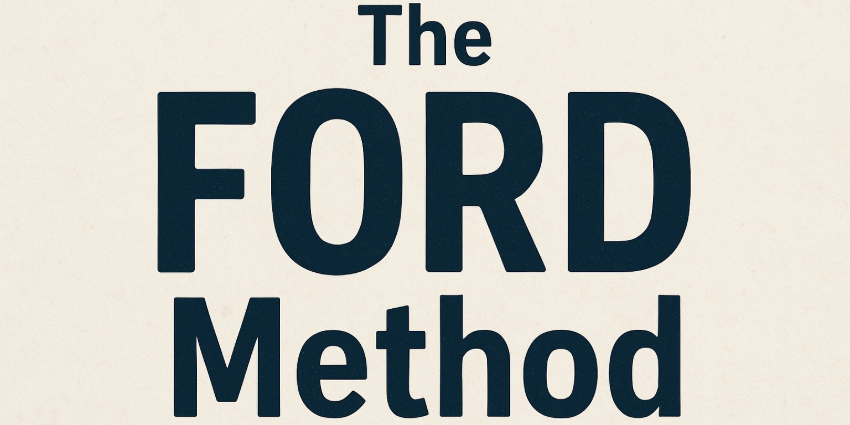As we continue to Spring ahead with productivity this month, let’s talk about analysis paralysis, one of the most significant and identifiable threats to productivity we often face.
If you’re on a team that experiences analysis paralysis or if you find yourself suffering from this in your own right, you know how frustrating, suffocating, and sometimes infectious this condition can be. (Talk about stifling productivity. Oy!)
Possibly the only thing worse than suffering a bout of analysis paralysis after all that time wasted is realizing you may not have made the best decision after all. (This epiphany is enough to have you shaking your fists and yelling “DOUBLE DRAT…CURSES, FOILED AGAIN” like Dick Dastardly from Rocky & Bullwinkle. Click if I’ve lost you or if you simply want to see an outstanding example of an old-school villain whose fashion was remarkably on point. Well done, Hanna-Barbera, well done.)
In all seriousness though, each of us makes hundreds of decisions daily, some certainly more critical than others. It’s those are more critical decisions I would like us to address today.
What if I could give you a framework to help you spring forth from your analysis paralysis? Would that help? Let’s give it a try.
(My Villain Disclaimer: This framework is geared to help you ask yourself better questions; I make no promises you’re going to give yourself better answers. Any subsequent fist-shaking is on you. Deal, Dastardly?)
3 Steps to Make Clearer Decisions
When you’re stuck (or even when you’re not) evaluate the decision you are making by asking yourself the following three questions:
1. PURPOSE – If we (I) do this, does this serve the purpose?
- Purpose is yours to define.
- Does taking on this new project keep us on purpose to achieve our overall 2022 company goal?
- Does this purchase I’m making keep me on my purpose to save money each month for retirement?
- Does committing to this new promotion bring me closer to my purpose, which is to eventually become my own boss?
- Does whatever “it” is bring me closer or does it veer me further away from my ultimate purpose?
2. AFFORDABLE – Can we (I) afford to pursue this?
- ROI is yours to define.
- What is the cost involved if we move forward? Are there hidden costs?
- How quickly would gains be realized from this decision and can we handle +/- on that timeframe if things don’t work out as planned?
- What is the comfort level on the economics of this decision?
- What is our/my general tolerance for risk?
3. TIME – Do we (I) have the time to invest or commit to this?
- Time is yours to define.
- How much time can you allot to this decision before you see an ROI?
- How much time do you need to personally give to make this a success?
- Does this decision put undue time constraints on the team or its star players?
- Would this decision save time in the future and in the long run?
Having a simple framework to help make clearer decisions and to evaluate those decisions can give you and your team the extra oomph (yes, that’s the technical term) needed to break the spell of analysis paralysis.
And when you do…P-A-T yourself on the back for having moved forward on at least one decision for the day.
Now…only several hundred left to go!












